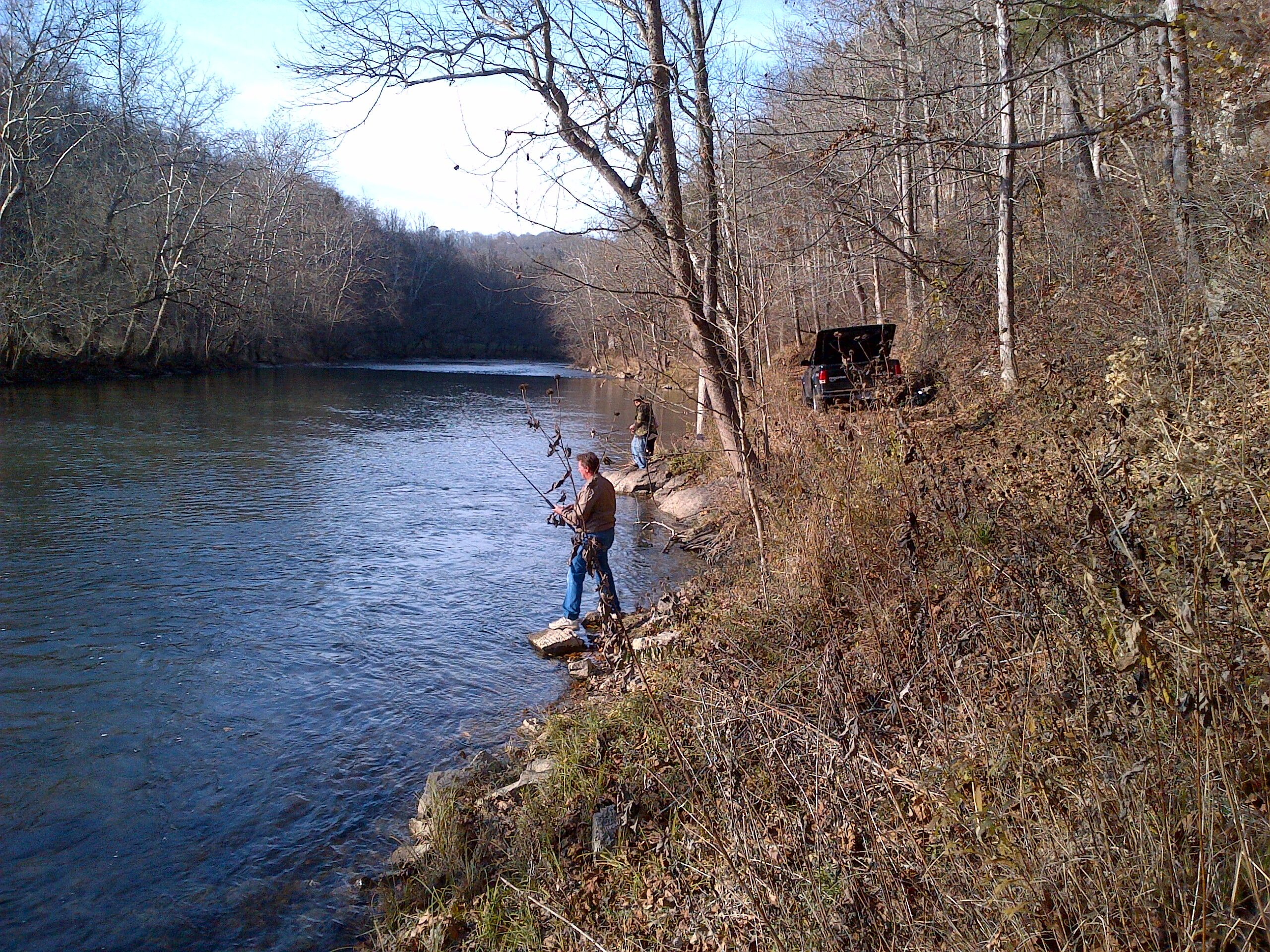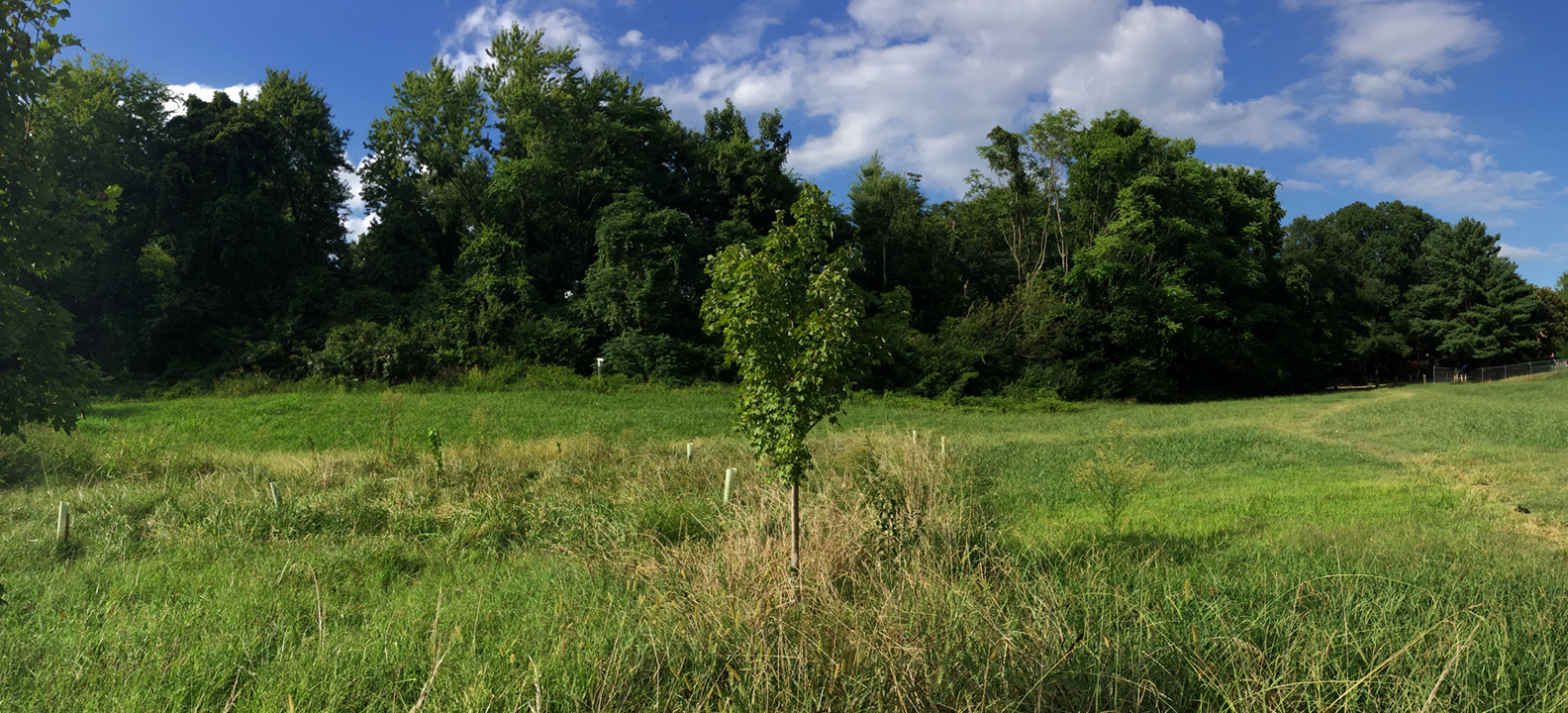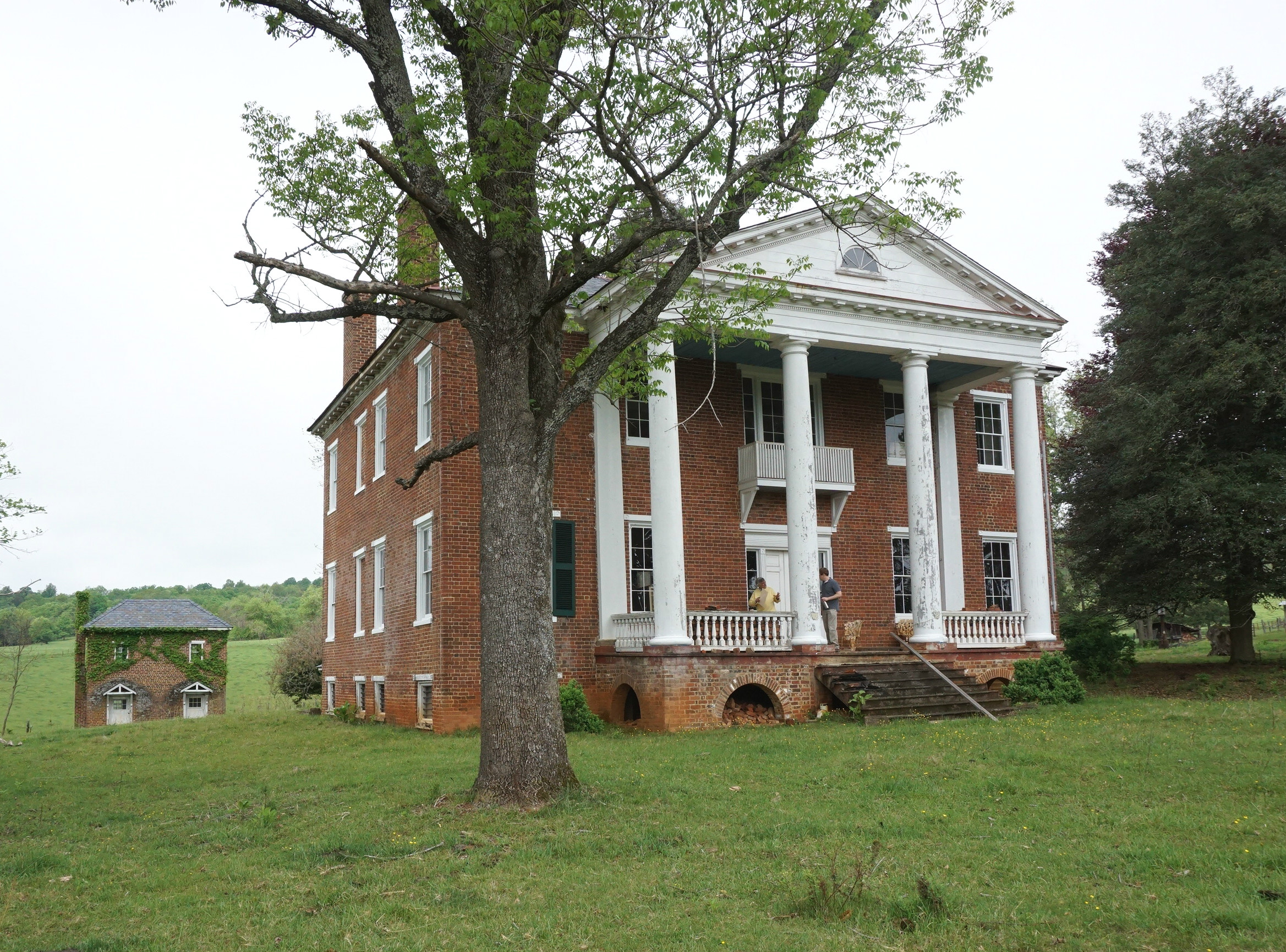At a meeting in Henrico County on February 9, the Virginia Outdoors Foundation (VOF) board of trustees approved the allocation of more than $1.5 million from its Open Space Lands Preservation Trust Fund to help fund 11 conservation projects that would use open-space easements to increase public access for outdoor recreation and education.
The projects are located in 11 jurisdictions across the state and include three in localities — the cities of Richmond, Charlottesville and Alexandria — where VOF currently does not hold any easements.
“We believe it is vital to provide communities and families with more opportunities to connect with nature,” says VOF board chair Stephanie Ridder. “This was a priority of the Commonwealth when VOF was established in 1966, and it remains a priority today.”
The Preservation Trust Fund (PTF) was created in 1997 to help cover the costs of acquiring open-space easements. Most funding comes from state appropriations and varies by year. In fiscal year 2017 PTF received its largest amount of funding ever at $2 million. The VOF board passed a resolution in June 2016 giving the highest priority for purchased easement projects that provide public access.
A request for proposals in early December resulted in more than 25 inquiries and submissions for this grant round. The proposals were reduced to the final group of 11 based on the four main criteria used in evaluating projects: extent of public access, population served, conservation value, and demonstrated community support and readiness.
The 11 finalists requested a total of $4,329,285 in funds for the $1.5 million available. Staff recommended full funding for five of the projects and reduced funding for the remaining six. The proposal package can be found here.
Summary of approved projects
Project Name: Murray-Dick-Fawcett House
Locality: City of Alexandria
Acres: .3
PTF Funding Approved: $350,000
Description: The Murray-Dick-Fawcett House is an 18th-century home and garden, recognized as one of the oldest and most authentic pre-Revolutionary War buildings remaining in the city within the Alexandria Historic District. The City of Alexandria proposes to purchase the property and manage it as a public museum and garden. This site, originally used as a residence and commercial livery, would enable the city to interpret the life and times of ordinary residents during the 18th and 19th centuries. Partners include the City of Alexandria, the Office of Historic Alexandria, the Northern Virginia Conservation Trust, Historic Alexandria Foundation, Historic Alexandria Resources Commission, Alexandria Historical Restoration and Preservation Commission, Virginia Land Conservation Foundation, Department of Historic Resources, and Virginia Outdoors Foundation.
Project Name: Charley Close Property
Locality: City of Charlottesville
Acres: 2.8
PTF Funding Approved: $50,000
Description: This property is located on Moore’s Creek, a tributary of the Rivanna River. The 2.8-acre parcel would be a key link in an existing trail network that connects Hartmann’s Mill, Jordan Park and several communities. The trail completion would provide year-round access to open space and further goals of the city’s Comprehensive Plan for water quality, open space, transportation (walkable and bikeable communities) and economic development. The city plans to build a parking and access area and maintain the trail network through the property. This project is also receiving support from the Virginia Land Conservation Foundation and other local partners.
Project Name: Civil War Preservation Trust / Hansbrough’s Ridge
Locality: Culpeper County
Acres: 174
PTF Funding Approved: $250,000
Description: The Civil War Trust (CWT) proposes the placement of a conservation easement on its Hansbrough’s Ridge property located on Route 3. The property is notable for the presence of intact archaeological sites and features related to the 1863-1864 Union Army winter encampment. The grant will enable CWT to facilitate access to the property and construct amenities such as interpretive trails and signage. The preservation of Hansbrough’s Ridge involves support from the Virginia Department of Historic Resources, the Virginia Department of Conservation and Recreation, the National Park Service’s American Battlefield Protection Program, the Supervisors of Culpeper County, the Brandy Station Foundation and the Friends of Cedar Mountain.
Project Name: Hazel Hollow Tract
Locality: Pulaski County
Acres: 11.925
PTF Funding Approved: $142,500
Description: The Hazel Hollow tract is located on the New River just upstream from the community of Fairlawn. Pulaski County plans to acquire the land for a public park and extend the planned bicycling/walking trail from a nearby former school site, through a property owned by the Virginia Outdoors Foundation called Smith Farm, and along the river onto the property. The property also creates an opportunity to link trails on the north side of the river via a pedestrian bridge on four piers and connect with the City of Radford’s Bisset Park and trails to nearby Wildwood Park, which is also under VOF easement.
Project Name: Eastern Branch Restoration Park
Locality: City of Virginia Beach
Acres: 8.8
PTF Funding Approved: $55,000
Description: This site is made up of wetlands and forest along the Eastern Branch of the Elizabeth River and across the water from Carolanne Park in an otherwise intensely developed area. The project would protect the wetlands and riparian areas, provide a hiking trail along the water, and provide a kayak/canoe launch area for access to the Elizabeth River. The Living River Restoration Trust will work with the city to improve the site facilities and manage the park for public access. Partners include the Living River Restoration Trust, Elizabeth River Project, City of Virginia Beach, Virginia Land Conservation Foundation, and VOF.
Project Name: Richmond Public Schools Outdoor Classroom
Locality: City of Richmond
Acres: 4.8
PTF Funding Approved: $150,000
Description: This project involves developing up to 4.8 acres of city-owned land as an outdoor classroom serving all of the city’s public schools. A longer term goal is for the site to serve as a model for other school systems in the Commonwealth. The site contains a mixture of open space, forest cover and a perennial stream that is part of the Upper Goode Creek watershed. A portion of the site would be utilized as a neighborhood connector with public trails. Core partners of the project include VOF, Richmond City Schools, the Richmond Department of Parks and Recreation, and the Enrichmond Foundation.
Project Name: Carvins Cove Connector
Locality: Roanoke County
Acres: 38.12 acres
PTF Funding Approved: $70,000
Description: The goal of this project is to connect the Roanoke Valley Greenway network to the 12,463-acre Carvins Cove Natural Reserve, a watershed property protecting the Carvins Cove reservoir. The majority of the reserve is protected by an easement co-held by the Virginia Outdoors Foundation and the Blue Ridge Land Conservancy and provides recreational trails to residents of nearby Salem and Roanoke. The project would provide the opportunity for users to bicycle, walk or ride horses to Carvins Cove, thus connecting an urban area to a very rural, natural preserve. Key partners for this project are Pathfinders for Greenways, Inc., Roanoke Valley Greenway Commission, and Roanoke County.
Project Name: Hottel-Keller Memorial, Inc.
Locality: Shenandoah County
Acres: 391.066
PTF Funding Approved: $200,000
Description: This 391-acre property is situated in western Shenandoah County between Woodstock and Strasburg. The historic homestead surrounded by fields and forest adjoins the George Washington National Forest and is owned by Hottel-Keller Memorial, Inc., a non-profit educational organization dedicated to the preservation of the historical and cultural heritage of early Germanic immigrants into the Shenandoah Valley. The grant will enable the organization, run by volunteers from the community, to improve and expand public access to the farm and buildings and create hiking or birding trails.
Project Name: Four Winds / Rappahannock River Access
Locality: Caroline County
Acres: 306 acres
PTF Funding Approved: $80,000
Description: The Trust for Public Land is working with the property owner and VOF to purchase a conservation easement on 306 acres of wetlands and forestland situated on Skinkers Neck, the first big bend in the Rappahannock east of Fredericksburg. The grant will facilitate providing public shoreline access to the Rappahannock River as part of the project. The property is located in a priority area for the Fort A.P. Hill Army Compatible Use Buffer program, which will also partner in this project.
Project Name: Malvern Hill Farm
Locality: Henrico and Charles City counties
Acres: 878
PTF Funding Approved: $100,000
Description: Capital Region Land Conservancy seeks to acquire this historically significant 878-acre property southeast of Richmond. A portion of the property is within the National Parks Service acquisition boundaries and would become part of the Malvern Hill Battlefield interpretive area. The remaining portions of the property are anticipated for public use and would include a public access area with trails and a canoe/kayak launch into Turkey Island Creek. This project involves partnerships with the James River Association and Virginia Department of Historic Resources, as well as grants from the Virginia Land Conservation Foundation and numerous private foundations.
Project Name: Belmead on the James
Locality: Powhatan County
Acres: 2,265
PTF Funding Approved: $100,000
Description: Belmead on the James, just west of Richmond, is one of the Commonwealth’s most historic properties with 2,265 acres, historic buildings, and 2.8 miles of frontage on the James River. 1,000 acres are currently protected by a conservation easement held jointly by the Virginia Outdoors Foundation and the James River Association. The nonprofit Belmead on the James, Inc. (BOJI) is working to acquire the property with the intention of preserving it and making it accessible to the public. Additionally, a partnership with Powhatan State Park and Powhatan County is expected to provide river access accommodating paddlers between the state park and Belmead.




